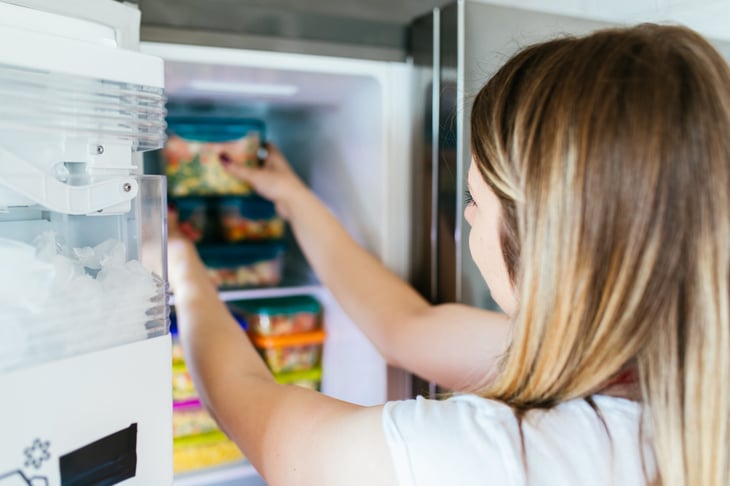
Freezing your food is one way to stock up and extend its shelf life. While you may already know you can freeze bread, bananas or green beans, there are more foods you can — and should — stick in the freezer.
Following is a list of foods you may not have thought about freezing before. Some of these may surprise you, but they are foods that I have frozen with success. Being able to freeze a wide variety of foods comes in handy when meal planning for my household.
Quick tips on glass containers
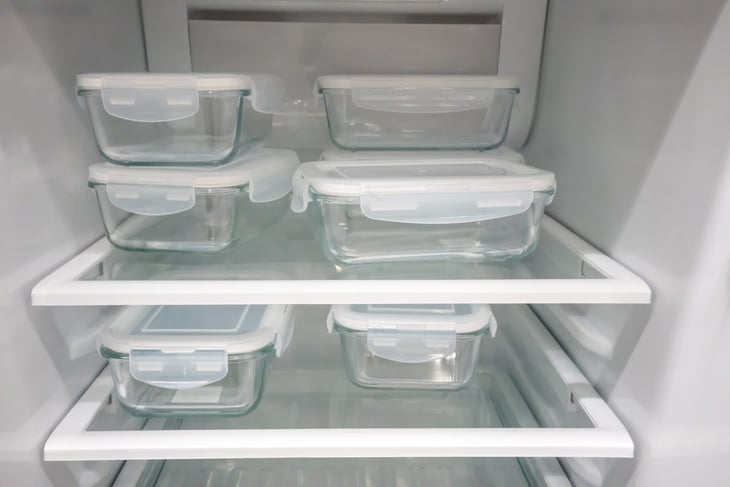
A quick note: If freezing anything in glass, make sure the container is labeled “freezer-safe” or the glass is tempered.
Also, leave about an inch of room between the contents and the lid, and put the lid on loosely. Only tighten the lid after the contents have frozen. The contents will expand during the freezing process and can crack the glass if there isn’t enough room.
1. Yeast
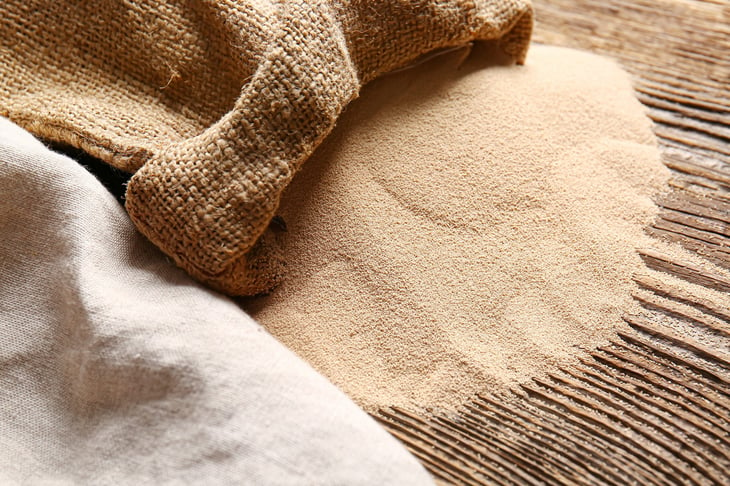
Storing unopened yeast in the freezer can make it last for months and even years. As I explain in “9 Ways I Extend the Shelf Life of My Food Stockpile“:
“If you don’t plan to use the yeast in the next few weeks, pop it in the freezer. This is how I store mine, and I have had it last for several months — and use it with success straight from the freezer, even past the expiration date. I’ve had friends report yeast lasts them years stored this way.”
Bring frozen yeast to room temperature before using in a recipe. Bob’s Red Mill recommends using frozen yeast within six months of opening.
2. Olives
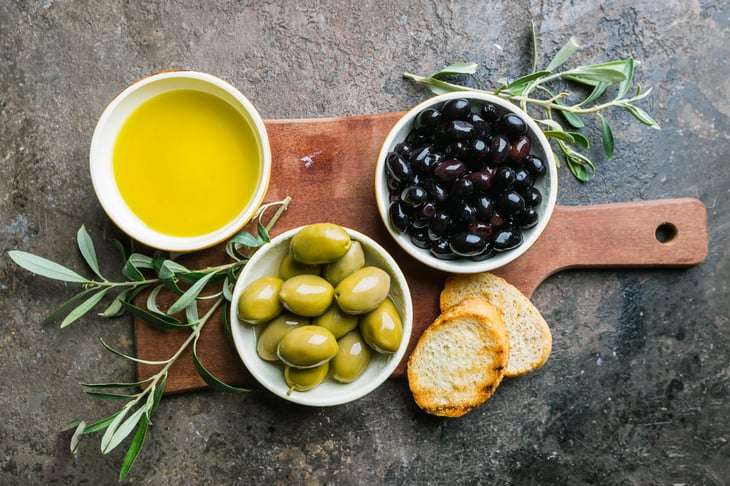
If you have olives left over, put them in the freezer to extend their shelf life. This works well for canned olives, which have a shorter shelf life once opened, in my experience.
Drain all liquid before placing the olives in a freezer-friendly glass jar with a lid. Leave about a finger of room at the top, then freeze. You can use the olives in cooking straight out of the freezer or let them defrost overnight in the refrigerator.
3. Muffins

If you make a bigger batch of muffins than you can eat before they go bad, consider freezing them. Muffins freeze well and taste great when reheated.
The best way I’ve found to freeze them is in a freezer-friendly plastic bag. To reheat, pull out one or two and microwave in 10-second intervals, or let them defrost overnight in the fridge.
4. Tomato sauce
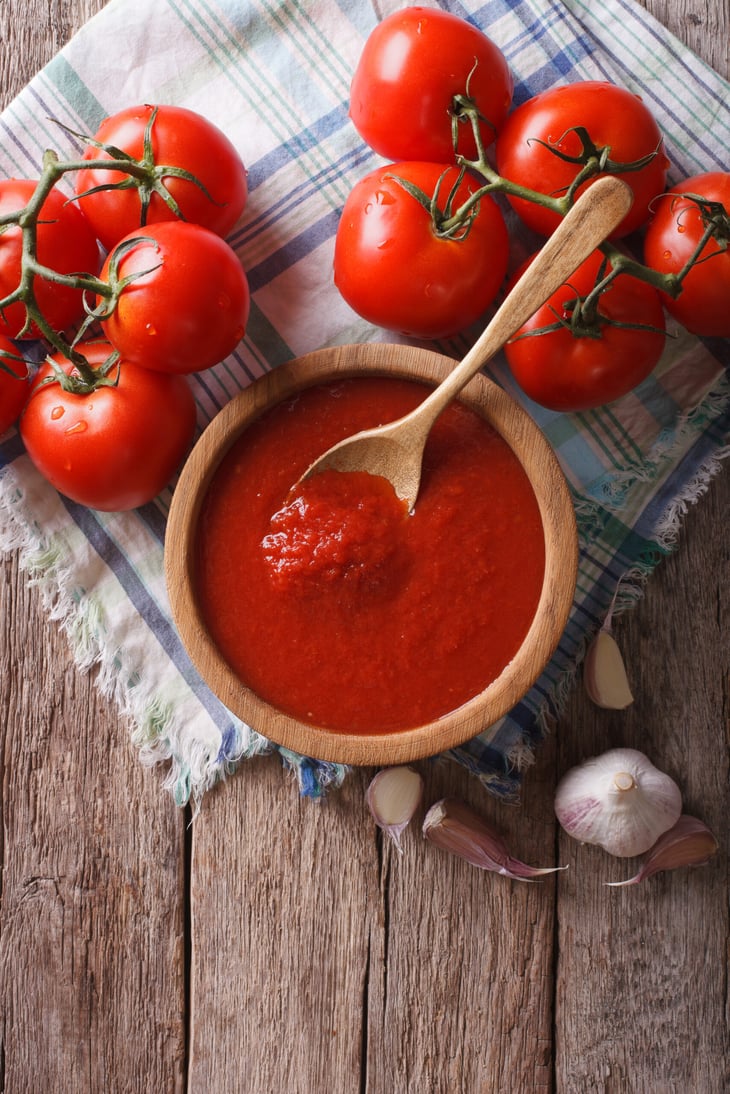
Another tomato product I freeze all the time is tomato sauce. When I have some left over from a recipe, I put it in a labeled freezer-friendly glass jar with a lid, leaving about two to three fingers of room at the top.
When ready to use, you can defrost it in the refrigerator or in the microwave. Remove the lid before popping the jar in the microwave.
5. Tomato paste
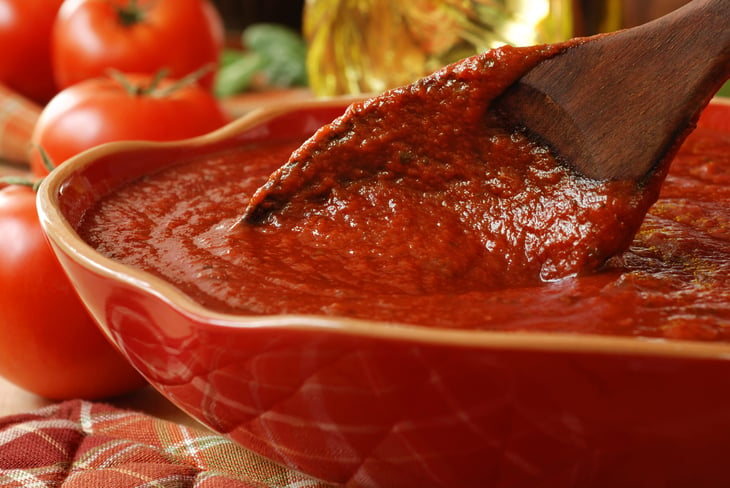
Some recipes call for only a tablespoon or two of tomato paste. Leftover tomato paste freezes well and can be used straight from the freezer in your next recipe.
Using a measuring spoon, place tablespoons of tomato paste on a pan lined with parchment paper, then put it in the freezer. When frozen, store the chunks in a freezer-friendly plastic bag or an airtight container.
6. Milk
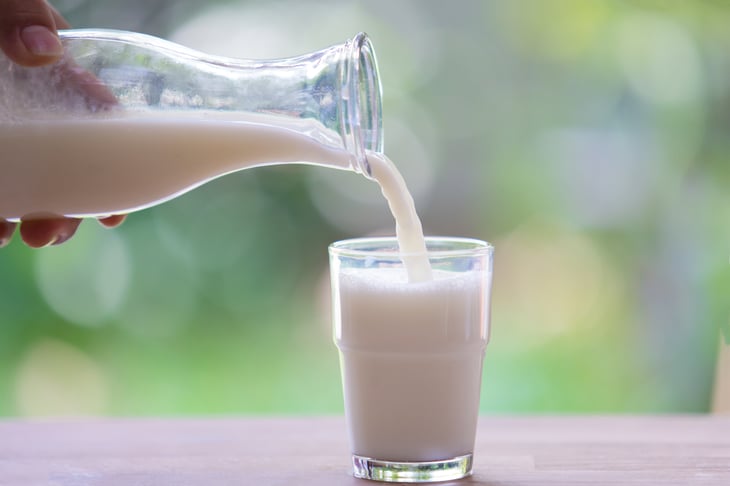
If you find a good deal on dairy milk, stock up. You can pop it in the freezer in the original container. Since liquids expand when they freeze, the American Dairy Association recommends leaving 1 to 2 inches of space on top.
When you’re ready to use the milk, allow it to thaw, then shake to redistribute the fat and use as usual.
7. Cream
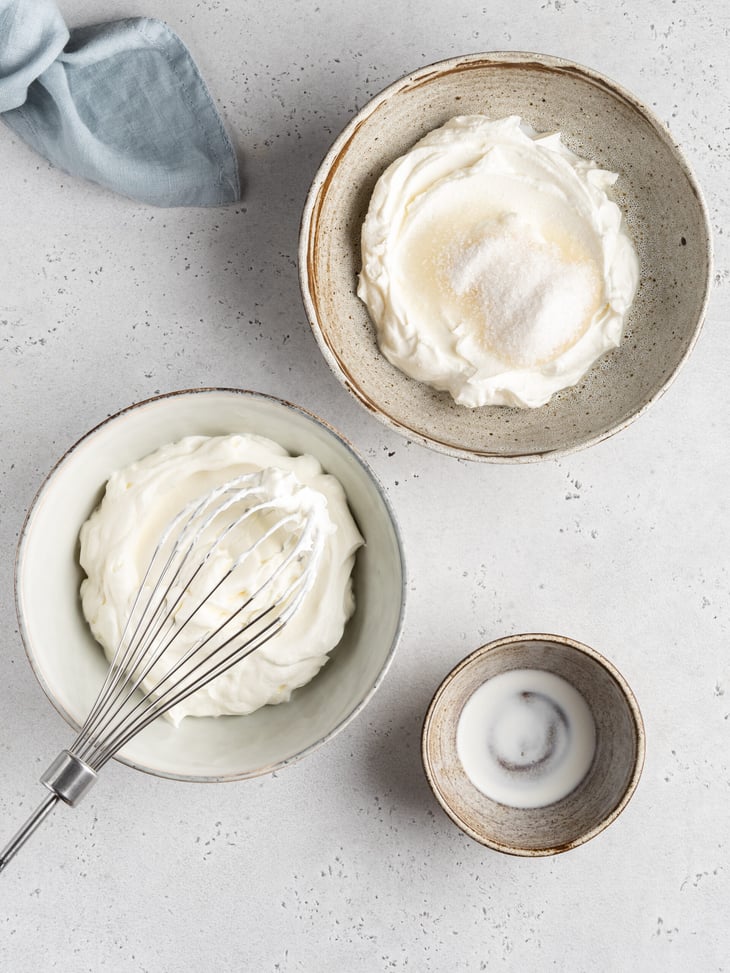
Just like milk, you can extend the shelf life of whipping cream or heavy cream by freezing it.
After a recipe, I’m often left with a cup of cream. To save it for later, I pour it in a freezer-friendly glass jar with a lid and leave about two to three fingers of room on top to allow for expansion.
When ready to use, let it thaw out in the refrigerator, and then shake up the jar to redistribute the fat. Since heavy cream develops crystals when frozen, it won’t whip as nicely as fresh cream.
If you plan to whip your cream, Food Network recommends whipping to soft peaks, then dolloping on a parchment paper-lined pan and freezing. You can transfer the frozen dollops to a freezer-safe plastic bag until ready to use.
8. Butter
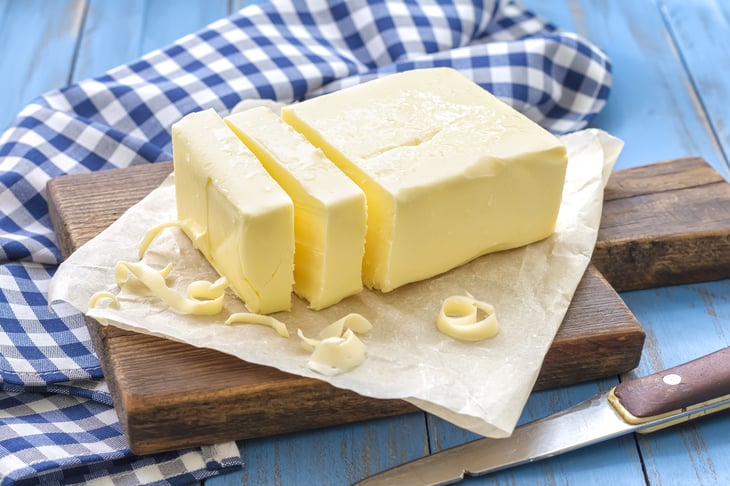
Many people don’t realize you can freeze butter. When the big deals on butter roll around during the holidays, I buy some on sale and store them in my freezer.
Use it frozen or let it sit in the refrigerator for a day or two to thaw out.
Unsalted butter can last up to five months in the freezer and salted butter up to nine months with proper storage, according to U.S. Dairy.
9. Cheese (shredded and block)

Cheese is another grocery item that freezes well. You can freeze both shredded and block cheese in the original package. Stick to hard and semi-hard cheese such as cheddar and mozzarella for best results.
Let the cheese defrost in the refrigerator before using it. While the flavor will be as good as that of fresh cheese, block cheese will be more crumbly once defrosted.
10. Lemon peel or zest

Did you know you can freeze grated lemon peel? If you have some leftover lemon peel or zest from a recipe, spread it out on a sheet pan lined with parchment paper. Put it in the freezer for a few hours until frozen, then place in a freezer-friendly plastic bag or jar with a lid.
You can use it right out of the freezer in a recipe or let it defrost in the refrigerator for a day or two. According to Cook’s Illustrated, lemon zest can be frozen for up to three weeks without changes in flavor.





Add a Comment
Our Policy: We welcome relevant and respectful comments in order to foster healthy and informative discussions. All other comments may be removed. Comments with links are automatically held for moderation.